cFor Americans, the sight of pagoda roofs and dragon gates means that you are in Chinatown. Whether in San Francisco, New York, Los Angeles, or Las Vegas, the chinoiserie look is distinctive. But for people from China, the Chinatown aesthetic can feel surprisingly foreign.
When the 1906 earthquake and resulting fires leveled much of San Francisco, residents of the city’s Chinatown (up to that point a rather European-looking place) were largely unaided in their efforts to rebuild. There was even talk of moving Chinatown, but Chinese business leaders threatened to leave the area entirely and the city capitulated.
A local businessman named Look Tin Eli hired architect T. Paterson Ross and engineer A.W. Burgren to rebuild—even though neither man had been to China. They relied on centuries-old images, primarily of religious vernacular, to develop the look of the new Chinatown.
The resulting architectural collages were drawn from various Chinese traditions as well as American ideas of what China should look like. This plan was anything but haphazard: community leaders knew the area would be a tourist attraction, and played to the crowd.
Tourists loved the new Chinatown. This was exactly the westerner-friendly version of China they wanted: vaguely exotic, but safe enough for middle-class white America. The visitors began to flow into Chinatown, and so did their cash. The result was a success financially, but it also perpetuated stereotypes about Chinese culture.
Ultimately, these places are neither Chinese nor American, historically accurate or fully fanciful, but something in between, unique cultural and architectural hybrids of Chinese American history. And it is not the only “Chinese” thing that was actually designed in and for America.
The Fortune Cookie
Visit Chinatown in San Francisco today and you can find a variety of Americanized Chinese cuisine. At the end of the meal, you’ll also likely be given a sweet surprise as well: a small cookie with a fortune inside. What we call Chinese food (including the fortune-filled cookies) has become an integral part of the American culture and cuisine, with a complex history that dates back to the 19th century.
In the 1850s, “Chinese” restaurants began to appear, but with new dishes designed to appeal to Americans who tend to want foods that are sweet and fried. The most famous of these faux-Chinese recipes is chop suey, which translates roughly as “odds and ends.” Chop suey is as American as apple pie, which leads us to another essential ingredient for an American culinary audience: dessert.
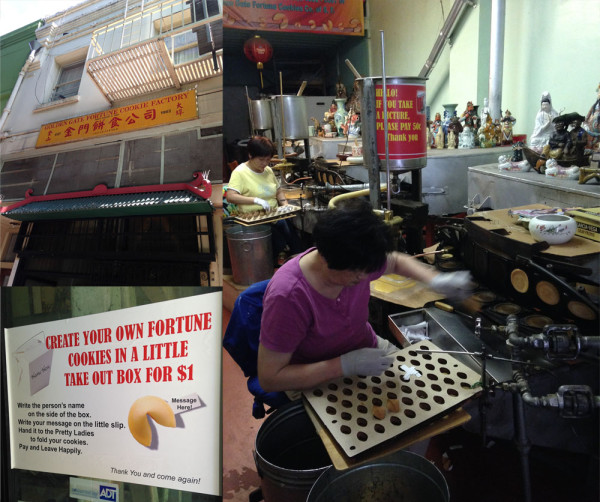
The fortune cookie appeared in the United States in the 1920s, but it was not imported from China. Still, many contemporary cookies and their fortunes are made by Chinese Americans. Yet neither fortunes nor cookies are Chinese in origin — if anything, they draw from larger, darker, less-sweet cookies found in Japan.
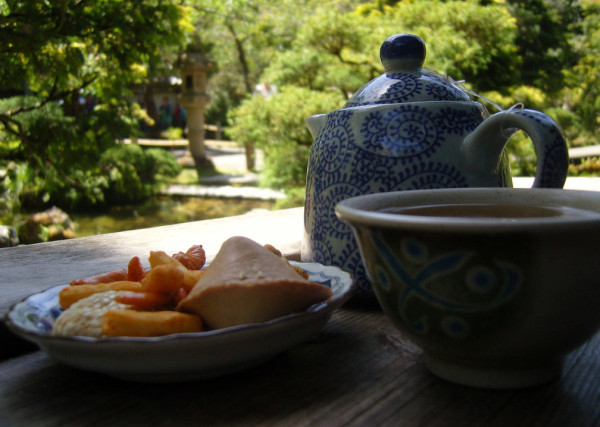
Like the Chinese immigrants before them, many Japanese immigrants to the United States chose to make their living in the food industry. The Japanese also opted to cater to American tastes, and Japanese families frequently owned, operated, and otherwise worked in (American-style) Chinese restaurants, and ultimately introduced Americanized fortune cookies into the mix.
During World War II, many Japanese Americans were sent to concentration camps, forced to leave businesses behind. After a four-year period, the concentration camps closed, and the cultural source of fortunate cookies was obscure. A pervasive association had spread: fortune cookies were henceforth thought of as Chinese. Today, fortune cookies can be found in countries around the world. Except in China. They still don’t eat fortune cookies in China.

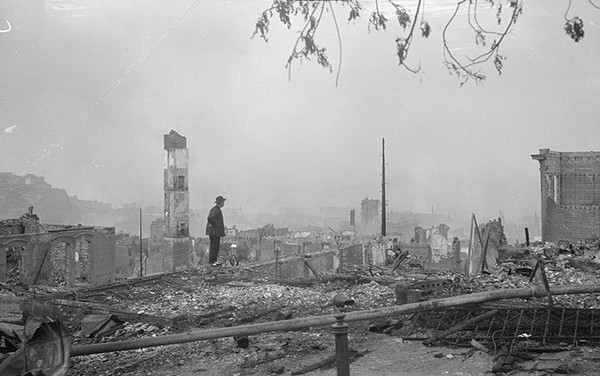
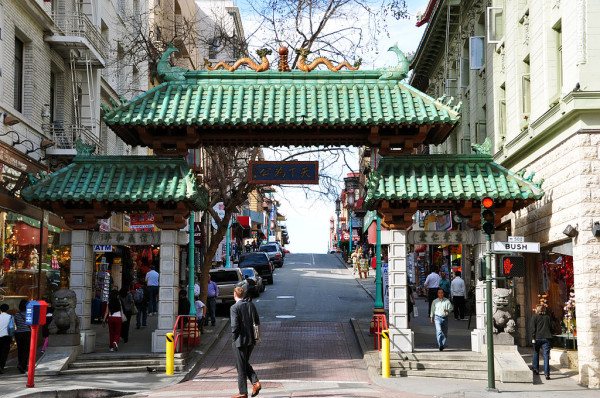
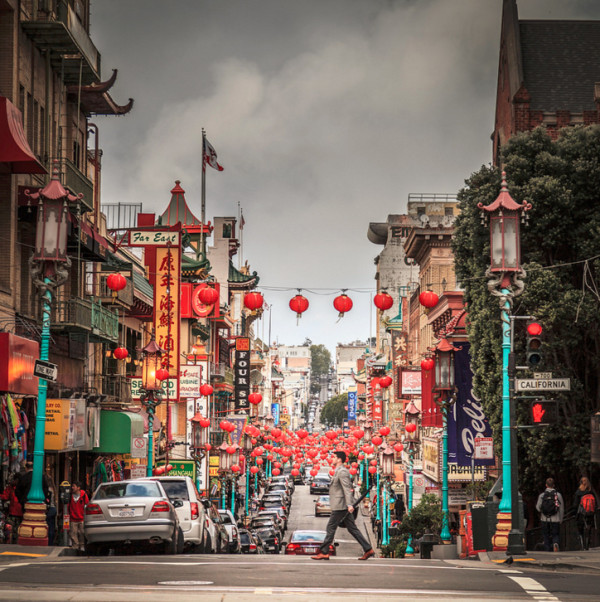
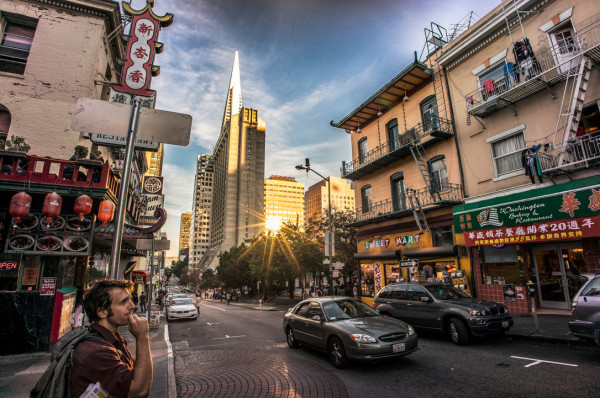
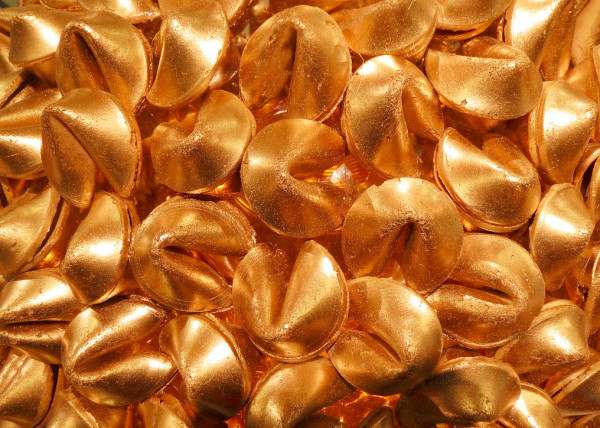
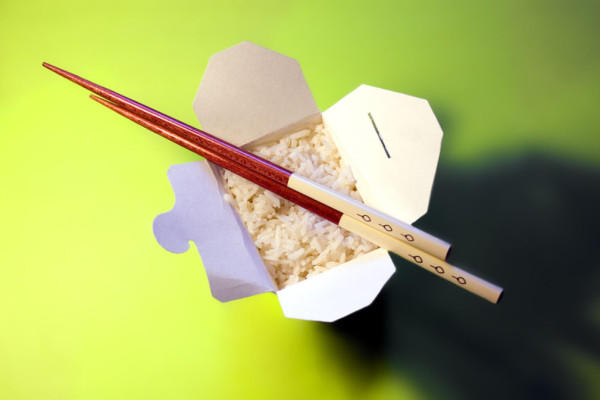



Comments (3)
Share
I could totally relate to the food choices made by restaurants here in the US. I am from India and the food at Indian restaurants is very different from what we get back home, the flavors have been changed to suit the American population which is something that irks my wife a lot, she misses the food from India so much so that she doesn’t like going to Indian restaurants here in the US anymore. Also, I have to say the Chinese food available is India has been altered to how Indians prefer their food. Similar to what’s mentioned in the episode, a few dishes that originated in India as part of the Indo-Chinese cuisine – Manchow Soup, Gobi Manchurian, Chicken Lollipo to name a few.
I’m curious about the history of Greek American architecture and the emphasis on kitsch classic (I’m thinking Greek town in Detroit, some Greek diners, floats in Greek parades). Could you do an episode on that!?
Your comment that they ‘knew it would be a tourist attraction’ doesn’t quite fully convey that it was always intended to be a tourist attraction. The entire point of rebuilding it with a different aesthetic was to attract visitors. That was the explicit reason for that choice, which would have made rebuilding more expensive than if simple, plain shops were rebuilt.
This was because the earthquake and subsequent fire had pretty well stopped people from visiting the city which had a terrible effect on the economy. For a while things were really bad, and people didn’t see how businesses could viably continue. Chinatown had been poor and was considered a slum before the earthquake, after the quake things were worse, and the city did indeed want to shut it down. Pouring lots of money into cleaning it up, and attempting to rebrand it as a safe tourist destination was seen as the only path to financial viability, otherwise they were afraid it would not recover in the foreseeable future and would get stuck for years as a ghetto with the residents never being able to attract enough people in to shop to get it normalized and attracting drug users.
“Chinatown” was promoted heavily by the community there and the city itself, special postcards with drawings of Chinatown were made and distributed. It was advertised as a vacation destination where people could look at the architecture, eat food that was unusual to them and shop at stores selling Chinese goods.
It was sort of like a proto-Vegas in that way, but without the gambling and the idea of indulging ‘sin’. Instead, it was built so that the whole area worked together to be one big tourist experience that was family friendly that hads lots of things for them to buy…maybe more like some of the eating/shopping areas of Disney today.
Of course, as time went on, overseas travel became cheaper and people did build larger and more entertaining attractions in other places, and it became far less interesting as an attraction, and gradually it came to be like a normal part of the city but with a larger Chinese population.